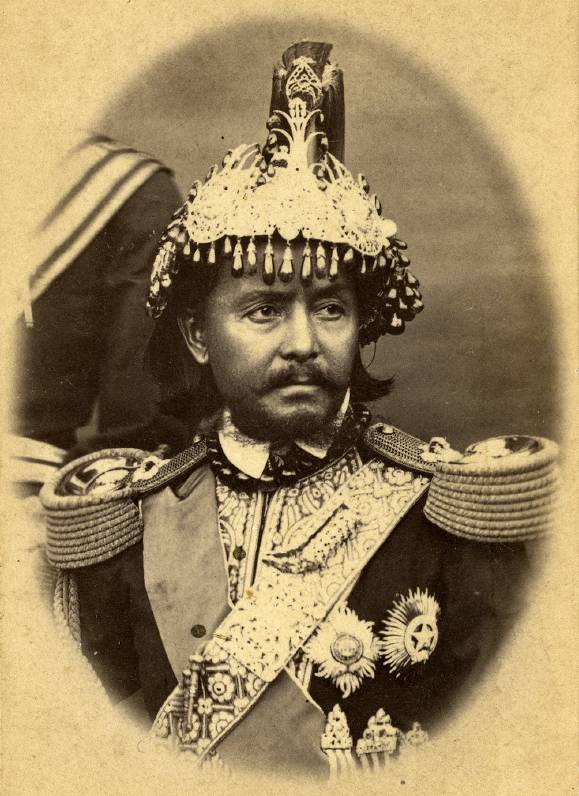*Image Credit: Wikimedia Commons During the mid-1840s, the Nepalese government had become a drama filled with twists and turns. In order to create a steadier operation from day to day at the highest levels of government, a complex system of checks and balances was created involving the royal family, Prime Minister and other administrators in September 1845. A year later, the power struggle boiled over on the night of September 14, 1846 when Jang Bahadur — on the orders of the queen — locked the rest of the leadership coalition in the palace armory. Within hours, 40 were dead and the government had been realigned again. The night began easily enough. King Rajendra Bikram and Queen Lakshmidevi, his favored wife, had retired to their quarters for the evening. Jang Bahadur and the palace guards watched the perimeter. Then, shortly after dark, word reached the royal family that Gagan Singh, a member of the ruling commission working in conjunction with them to lead Nepal — and the queen’s suspected lover — had been found murdered on the balcony of his home. Furious and wondering if it the killing were not motivated by a lust for power, she ordered Jang Bahadur to round up the remaining nobles in Kathmandu to see what they knew. Gagan Singh had few allies on the council. At the head of seven army regiments (four more than Prime Minister Fateh Jang Shah) and considered a little too ambitious by many of his colleagues, it was little wonder he had ended up dead. As members of the palace court arrived in the courtyard of the royal armory, Jang Bahadur and his soldiers blocked the doors so they could not leave. The queen, filled with anger, launched into a tirade and began pointing fingers. Turning to Abhiman Singh, a military officer like Jang Bahadur, Queen Lakshmidevi demanded he kill those whom she suspected. Confused by the order, Abhiman Singh turned to King Rajenda, inadvertently disrespecting the queen in the process. With no desire to see the charged atmosphere result in an unjust death, the king floated the idea of a proper investigation before resorting to violence — then promptly left. Jang Bahadur, talking with his fellow commander and also Prime Minister Fateh Jang, decided it best to seek out the queen and see if she could be calmed down. Leaving Abhiman Singh behind with Jang Bahadur’s men on site and the restless nobles packed in the courtyard, the commander and Prime Minister went in search of the distressed monarch. A few minutes later, the scene turned tragic. Abhiman Singh, hoping to leave the facility and bring his own troops to help stabilize the situation, was denied exit by Jang Bahadur’s soldiers. Attempting to force his way through the blockade, the soldiers obeyed orders and kept him inside. In attempting to break free, Abhiman Singh ended up dead. The nobles panicked and 40 members of the council ended up dead, including Fateh Jang. Jang Bahadur, though believed in some corners to have used the chaos to pick off those whose power he coveted, rose to the rank of Prime Minister. For the rest of his days in office, he sought to modernize the country and, in time, would become known as the founder of the Rana dynasty in Nepal.
September 14, 1846 CE – Jang Bahadur and His Soldiers Execute the Kot Massacre
*Image Credit: Wikimedia Commons During the mid-1840s, the Nepalese government had become a drama filled with twists and turns. In order to create a steadier operation from day to day…
434
